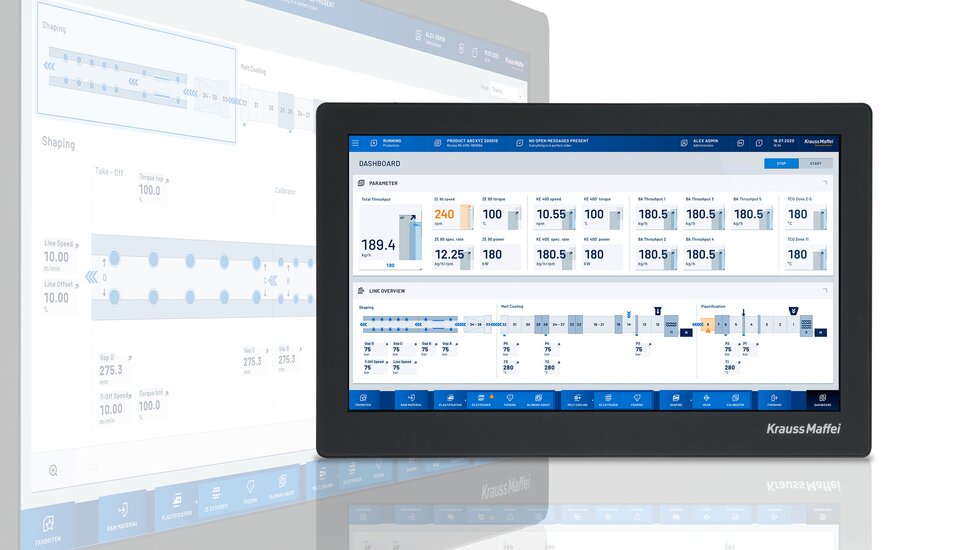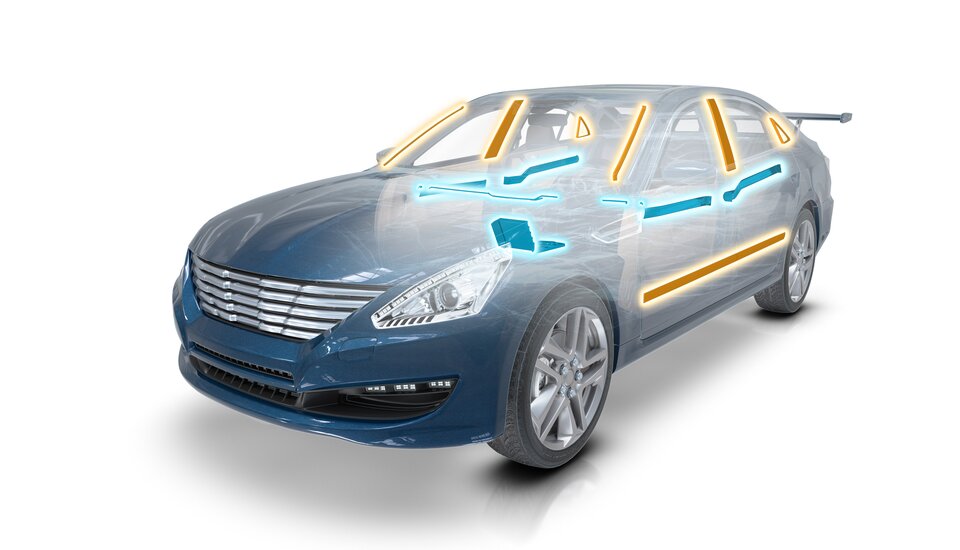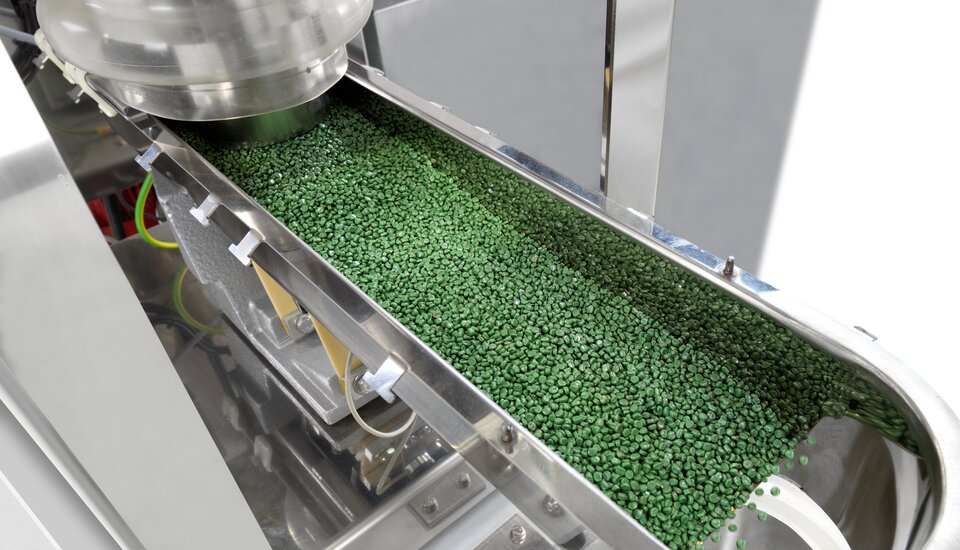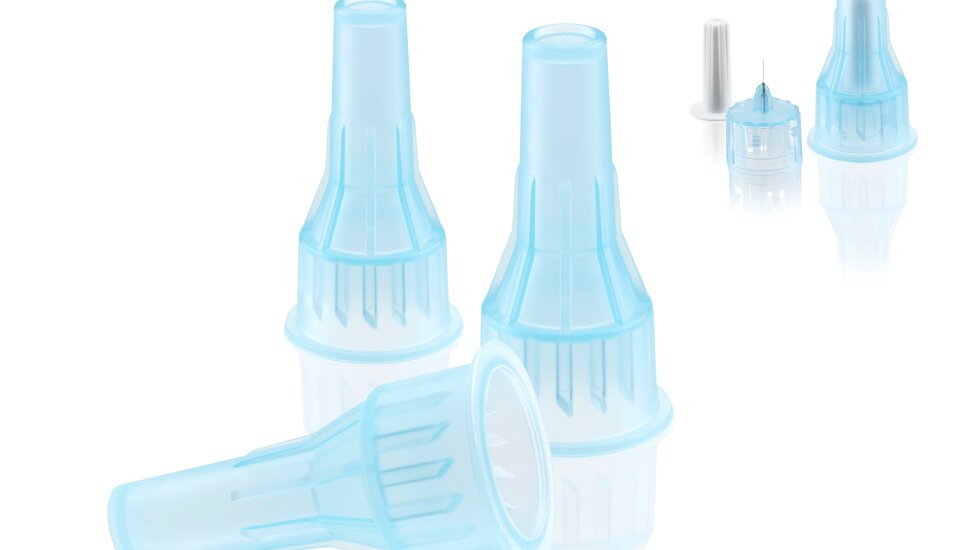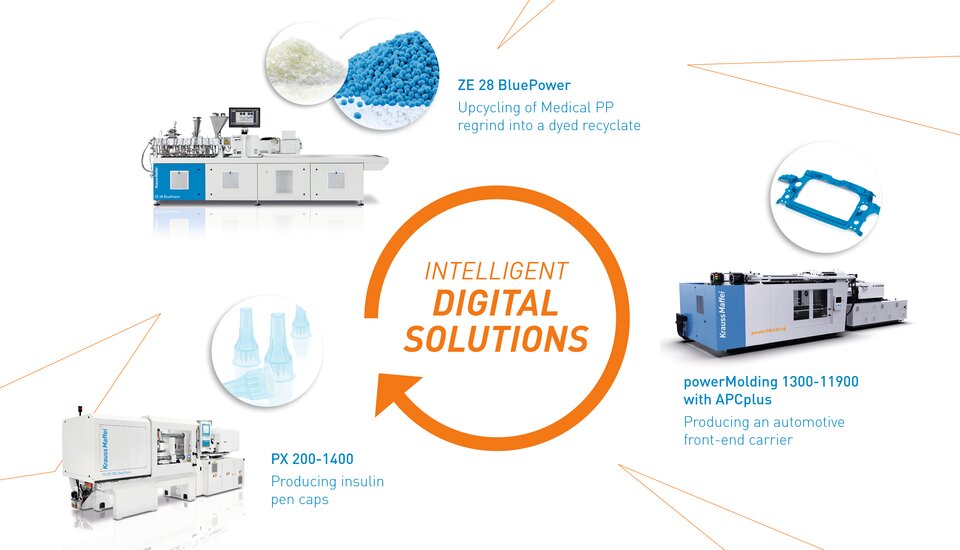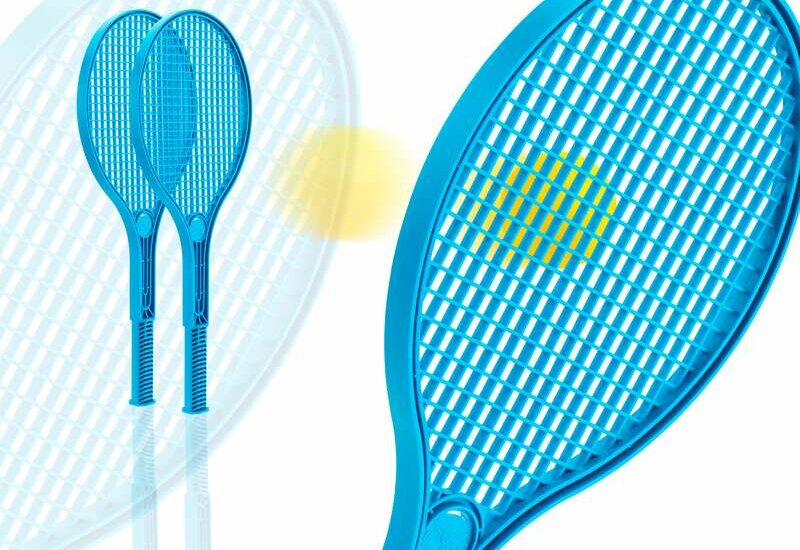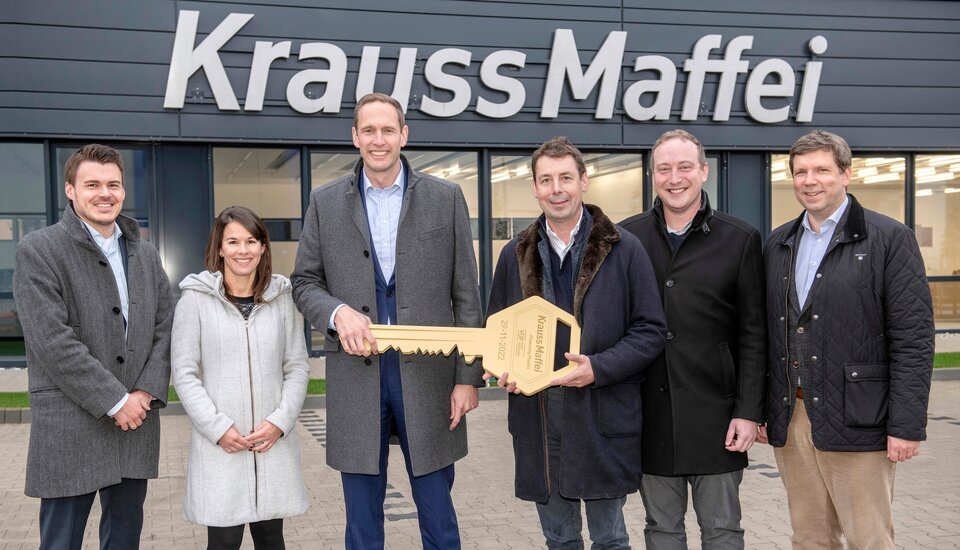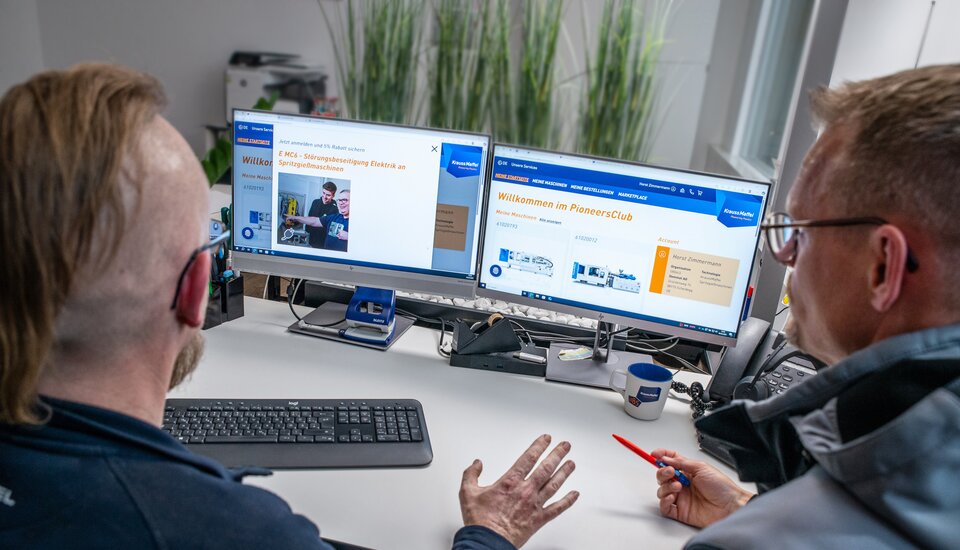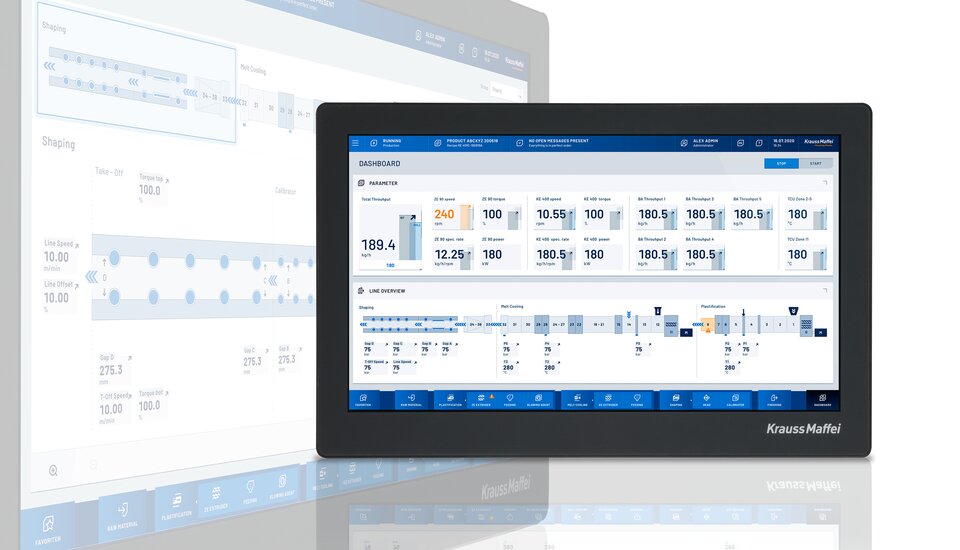
Trendgineering
Meeting the challenge of pacifiers made of LSR
| Petra Rehmet
KraussMaffei has mastered all complex manufacturing methods
Binky, Bip, Bobo, Bubba, Button, Chupy: Few objects have as many different names as a baby pacifier, and they are offered in an equally wide variety of shapes. Some have teats in a cherry or palate shape, with round or oval mouth shield, with or without handle. The teat is usually made of silicone and processed in a cleanroom. However, an extremely wide variety of manufacturing concepts exist. KraussMaffei offers customized solutions.
Should there be two individual plastic parts that are subsequently assembled or should the article consist of two components from the start? Perhaps even with automated packaging and detailed traceability? Producers who enter the pacifier market have many options available for implementing the models they have in mind. Usually, the producer will opt for a teat made of LSR (Liquid Silicone Rubber), because this material is bite-resistant, free of plasticizers, heat-resistant (and thus can be sterilized) in addition to being antibacterial. Newborns in particular require comprehensive protection from germs, and LSR is ideally suited to this purpose. To ensure that the processing is as free of particles as possible, it takes place in a cleanroom, usually Class 8 or 9 (DIN EN ISO).

aseptic and bite-resistant
LSR is suitable for suction parts
High process stability in the cleanroom
In any case, high process stability is important, because any interruption for maintenance increases the number of particles in the cleanroom. Picture it this way: In a Class 9 cleanroom, one cubic meter of air is not permitted to have more than 35.2 million particles with a size up to 0.5 micrometers. A seated person, just by moving their hands, stirs up some 500,000 particles per minute that are ≥ 0.3µm; a walking person stirs up as many as 5 million. Advanced cleanroom technology is required in order to keep the particle concentration clearly below the prescribed threshold values at all times. This is done by blowing pure, filtered air into the cleanroom from above, continuously diluting the particle concentration. There is always a slight positive pressure in the cleanroom to prevent contaminated air from getting in from the outside.

ideal for pacifier
the all-electric PX series
Some manufacturers use 1-component technology for their pacifiers. In this process, the teat parts of LSR and thermoplastic sheet are produced separately and then connected to each other. For this silicone processing application, the PX series from KraussMaffei is the ideal solution. Its all-electric design means that it is extremely clean in operation anyway, in addition to being easily accessible. Thanks to its high degree of modularity, it can be made clean-room-capable quickly. In this case, moving parts are enclosed, the ejectors are electric, and the lubrication circuit for the pivot points is closed.
Combination of LSR and thermoplastic in one process
In 2-component injection molding, on the other hand, complete pacifiers can be made of LSR and thermoplastic in a single process. Here, the important factor is to ensure that the two units have an arrangement that saves as much space as possible. For the CX series, this is possible using a piggyback plasticizing unit in Z-position. This saves additional space because the CX-Z requires only the same footprint as a 1-component machine. A decisive selling point in the cleanroom: The smaller the system, the simpler and more cost-effective it is to operate.

the smaller, the more cost-effective
the space-saving CX-Z
The sheet of thermoplastic PBT is then generated in the first cavity, followed by the transport to the second cavity—either by means of rotary table or transfer—where the LSR part is produced. Because the two materials have temperature control running in the opposite direction of each other, the one cavity in the mold must be cooled and the other heated. In the design and construction, there are also several features to be considered with regard to shrinkage (thermoplastic) or expansion (silicone) in the cavity. Here, KraussMaffei has a network of experienced partners. It is obvious that a mold in which low-viscosity silicone is being processed must be absolutely leak-proof. Usually, a vacuum is created.
Uniform shot weight with APC plus
In this position, which is complex from a process technology standpoint, the APC plus machine function pays off doubly. Based on the recorded melt viscosity and stored material parameters, the function regulates the fill volume from shot to shot, thus ensuring that absolutely reproducible parts are created. For silicones, batch fluctuations of the base polymers are a recurring problem. Precisely here, APC plus helps to ensure that these fluctuations do not have an effect on the fill volume. The result is an excellent yield of good parts starting from the first shot. This is critical precisely for LSR processing in two-component parts, because if the first part is already of poor quality, scrap is most definitely the expected result after overpacking with silicone.
Ist der 2K-Schnuller also fertig – die neuen Silikontypen müssen übrigens nicht getempert werden – folgt die Kür der Entnahme und Verpackung. Durch die platzsparende Zwei-Platten-Bauweise der CX-Maschine und ihrer freitragenden Schließe kann das Förderband unterhalb oder auch innerhalb der Maschineneinhausung angebracht werden. Auch eine Automation, um die Schnuller zu verbeuteln, ist möglich. Die Verbeutelungsanlage lässt sich sogar platzsparend innerhalb der CX-Schließe im Auswerferbereich unterbringen. Mittels QR-Drucker kann jeder gefertigte Artikel mit einem individuellen Code versehen werden, der per App alle relevanten Fertigungsparameter offenlegt. Vor allem im Med-Bereich ist derlei wichtig und KraussMaffei zeigt bereits am Beispiel Babyschnuller, wie es geht.
Vorteile der SilcoSet-Technologie
- Hohe Prozessstabilität im Reinraum
- Konstant hohe Bauteilteilqualität und damit minimaler Ausschuss dank APC plus
- Effiziente, platzsparende CX-Baureihe für 2K-Spritzießen
- Absolute Transparenz über den gesamten Prozess dank digitaler Lösungen
Vorteile von LSR bei Babyartikeln
- Frei von Weichmachern
- Sterilisierbar, da hitzebeständig
- Bakteriell resistent einstellbar
- Robust und beißfest
Kontakt
cordula.wieland@kraussmaffei.com
